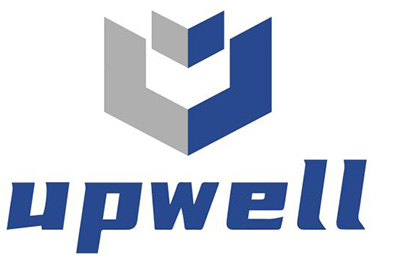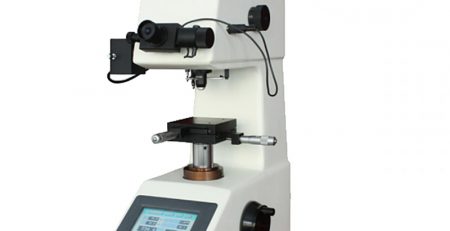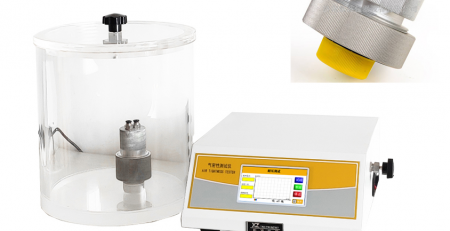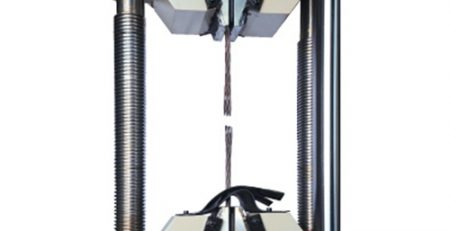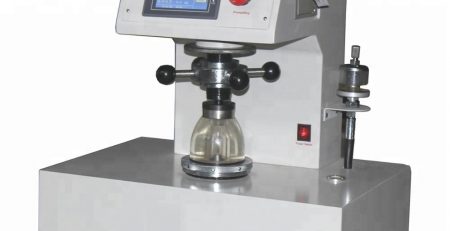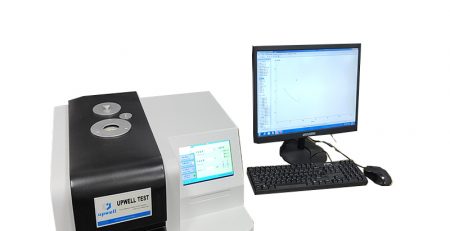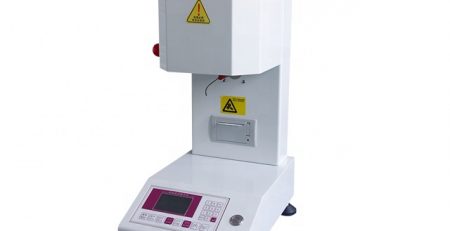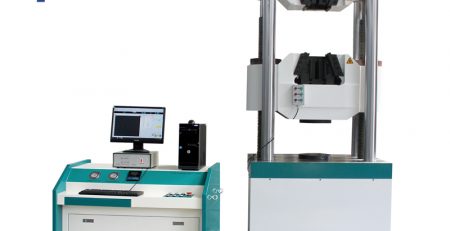(1) Test methods and indicators
- Test Method
Woven fabrics, non-woven fabrics: ripped yarn strip method, grab sample method, shear strip method
Knitted fabric: trapezoidal test strip, loop test strip. When the rectangular knitted fabric sample was stretched, the stress at the jaws was particularly concentrated, causing the sample to break near the jaws.
- Representation index
(1) Breaking strength (N)
The main index for evaluating the intrinsic quality of fabrics can also be used to evaluate the influence of washing, abrasion and finishing on the intrinsic quality of fabrics.
Under non-standard conditions, the experimental results should be revised.
(2) Elongation at break
(3) Breaking work
The work done by the external force on the fabric when it is stretched and broken.
- Stretch curve
(1) Load elongation curve
It is basically similar to the stretching curve of the constituent fiber.
(2) Fracture work and fracture ratio function
Breaking work: the work done by external forces on the fabric when it is stretched and broken.
Breaking specific work: …. The work done by an external force on a unit mass of fabric.
(2) Fabric tensile fracture mechanism
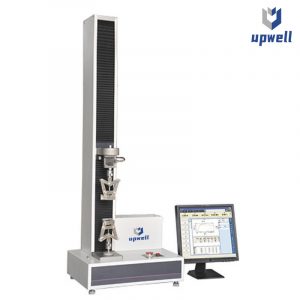
- The tension system yarn becomes straight, and the non-tension system yarn becomes more curved. The force of the interweaving point increases, and the tangential resistance increases.
- At the beginning of stretching, the elongation of the fabric is mainly reduced due to the bending of the yarn; the elongation in the later stage is mainly due to the elongation and thinning of the fibers and yarns, and the fabric becomes thinner.
- Gathering phenomenon, the bending of unstretched yarn increases, the length is shortened, the deformation at the nip is small, the middle is larger, and the sample gradually shrinks.
Yarn strength utilization factor K:
Generally greater than 1, sometimes less than 1.
(3) Factors affecting the tensile strength of fabrics
- Fabric density and weave
(1) Density
The warp density increases, the warp and weft strength increases (the resistance of interlacing is large); the weft density increases, the weft strength increases, and the warp strength decreases (the number of warp openings increases, stretching, and friction increase)
(2) Fabric weave
The more times of interleaving, the higher the strength. Under the same conditions, the breaking strength and elongation of plain weave are greater than twill weave, and twill weave is greater than satin weave.
- Characteristics and structure of yarn
(1) Large yarn features and high strength
(2) The strength of the yarn fabric is greater than that of the same special yarn fabric (good evenness, small uneven twist).
(3) Twist. When it is close to the critical twist, the strength of the fabric begins to decrease;
(4) Twisting direction configuration, the same twisting direction, high strength (fibers mesh at the intersection of the yarns, and the interweaving resistance is large);
- Fiber variety and blending ratio
(1) Fiber varieties
It is the determinant of fabric strength and elongation.
(2) Blending ratio
The blending ratio is different, the strength of the fabric is different.
Any question about textile testing please freely to email us info@upwelltest.com
